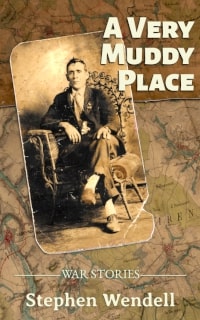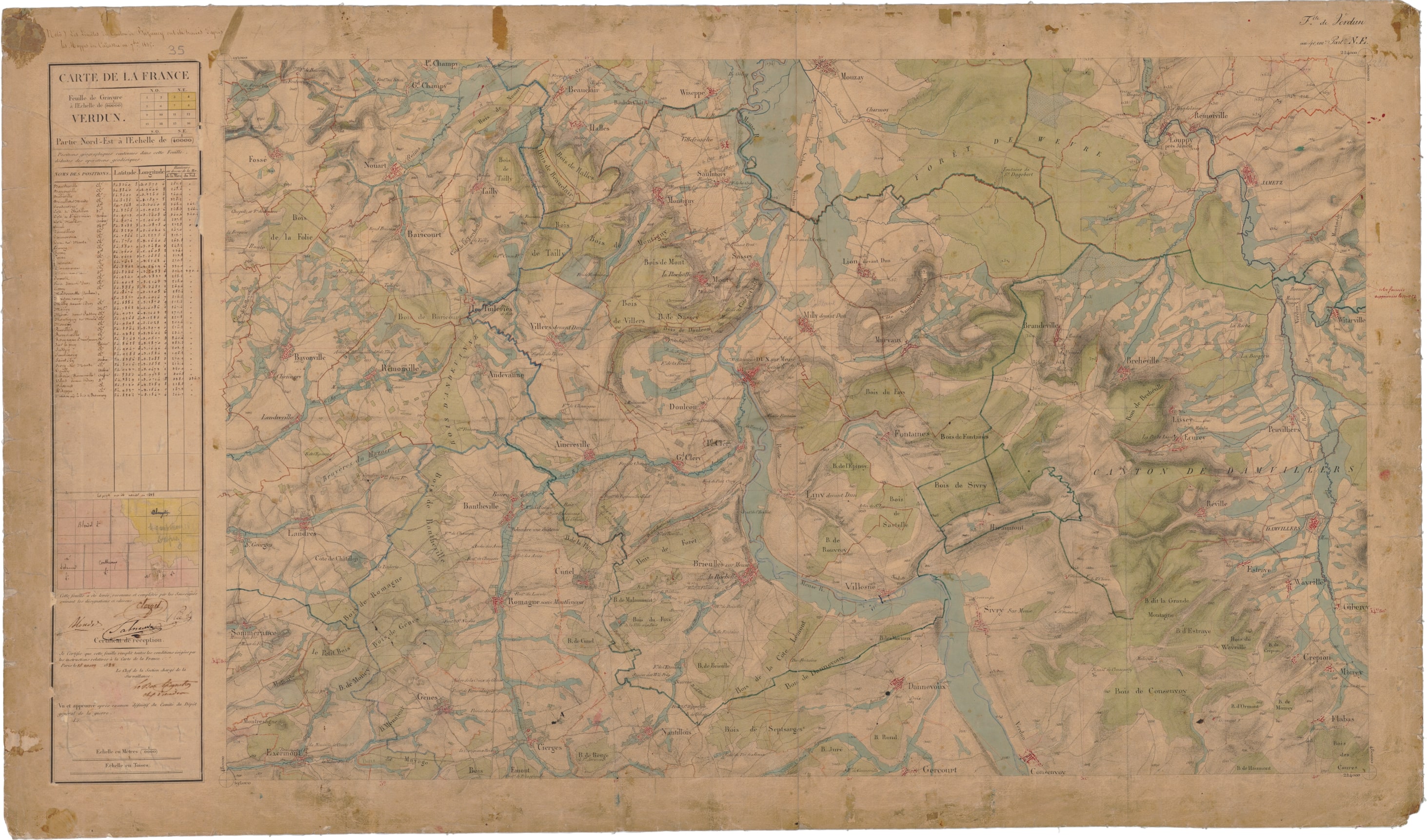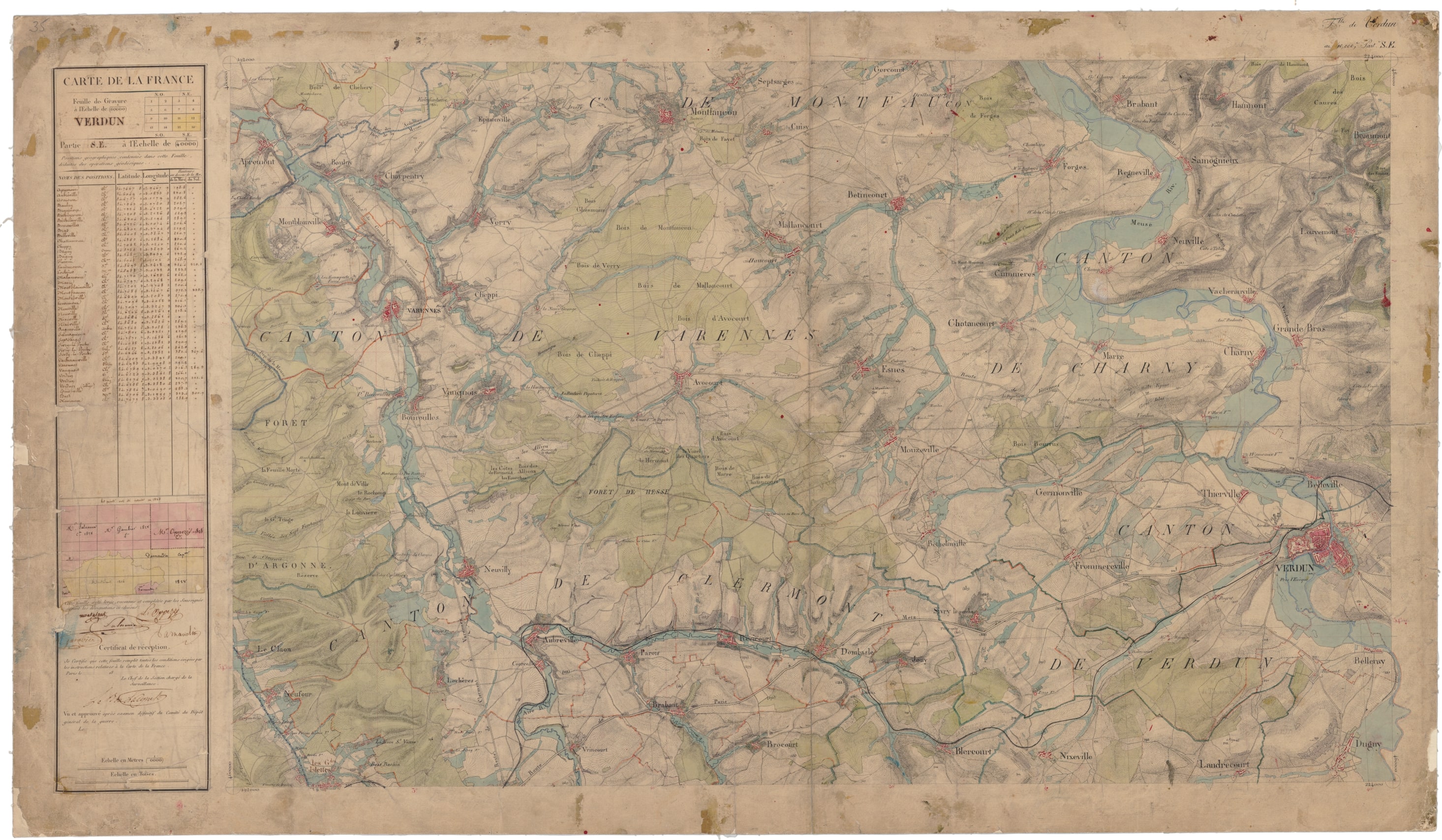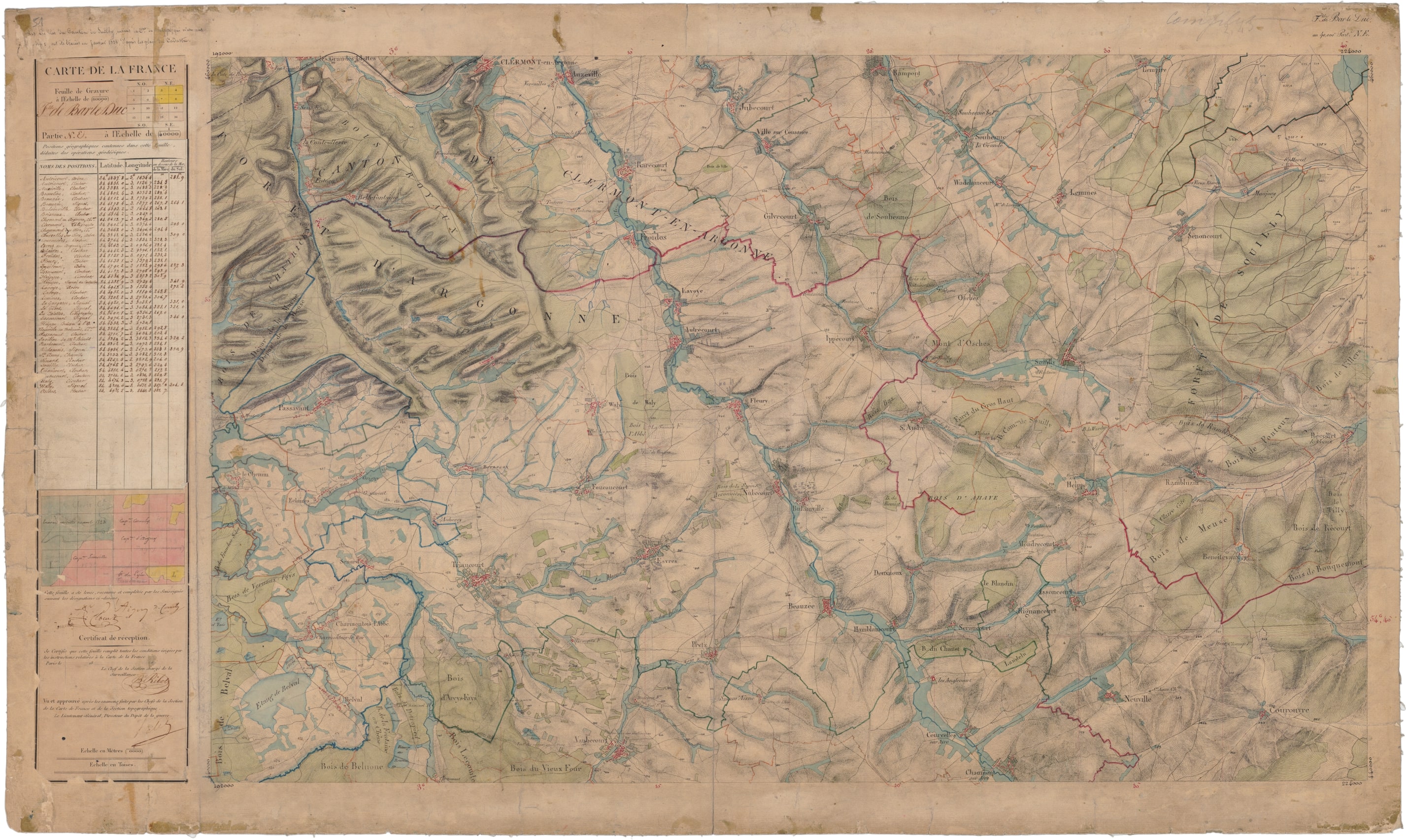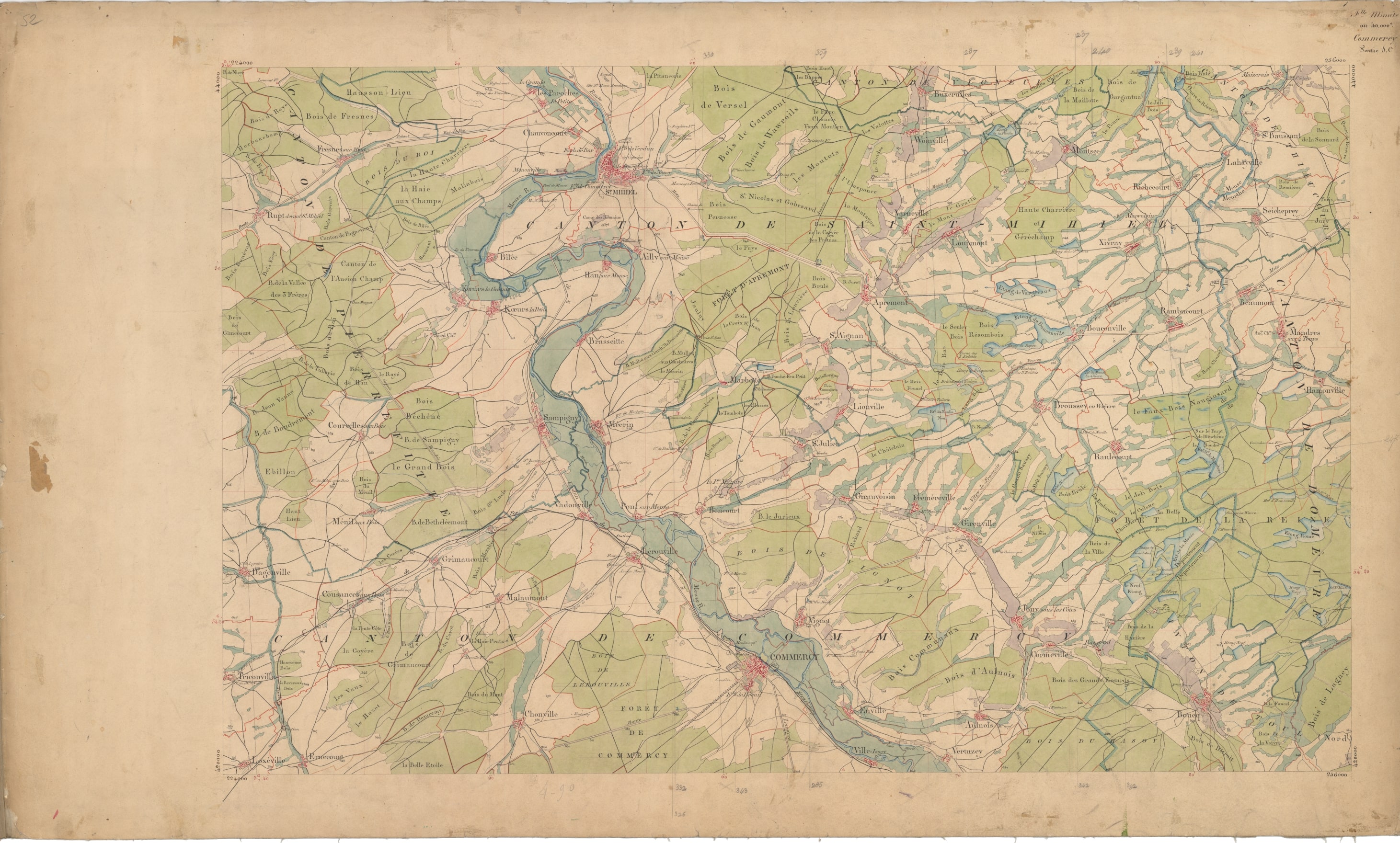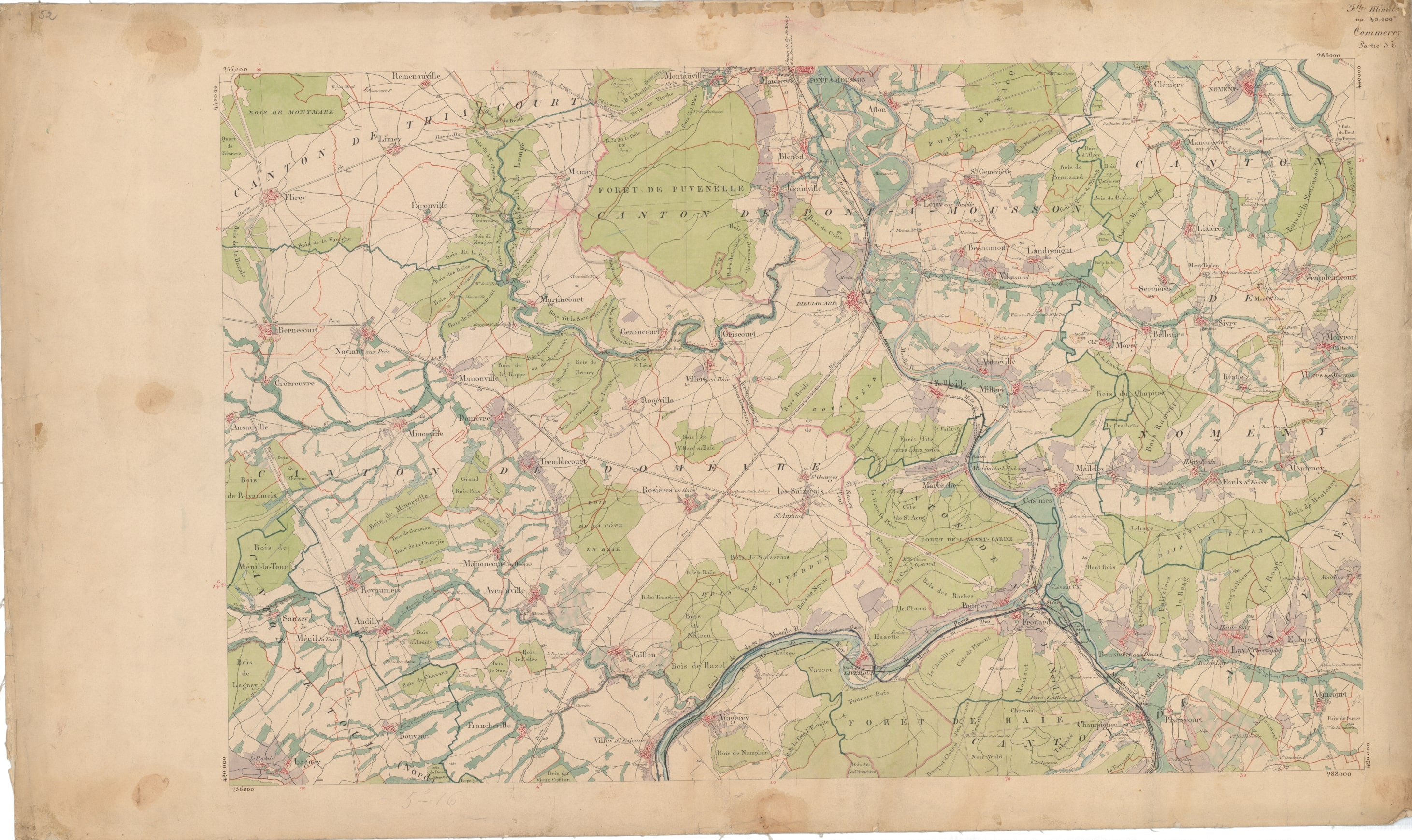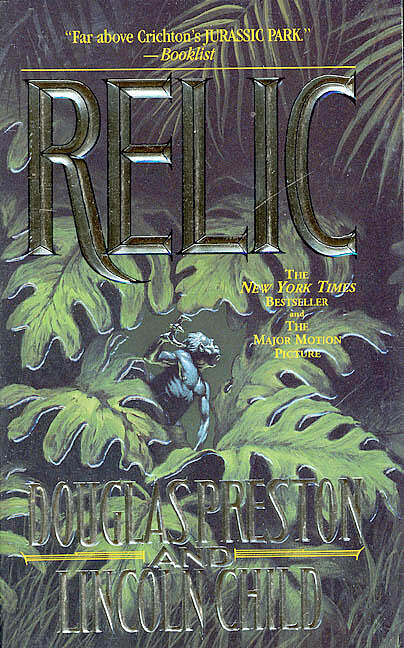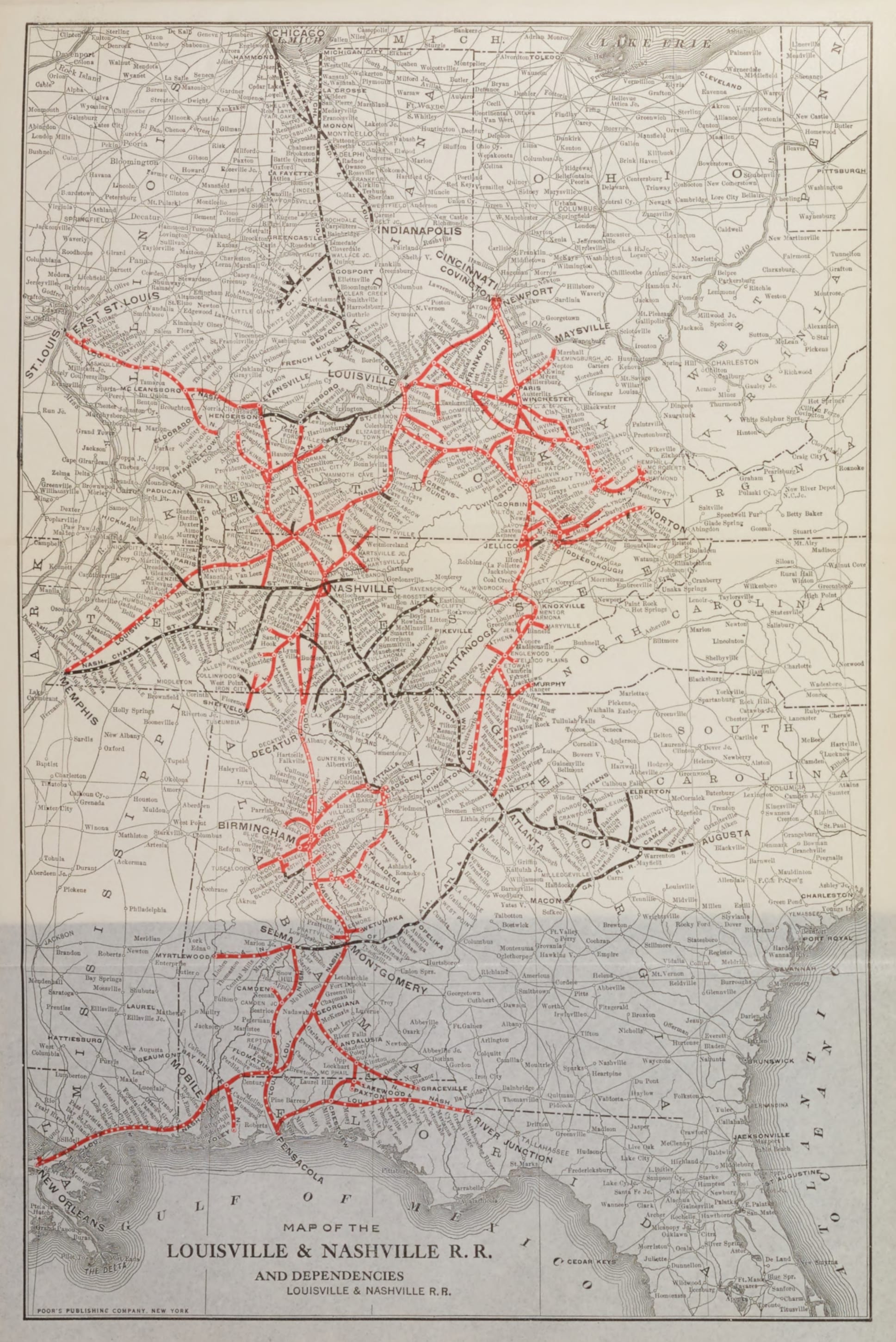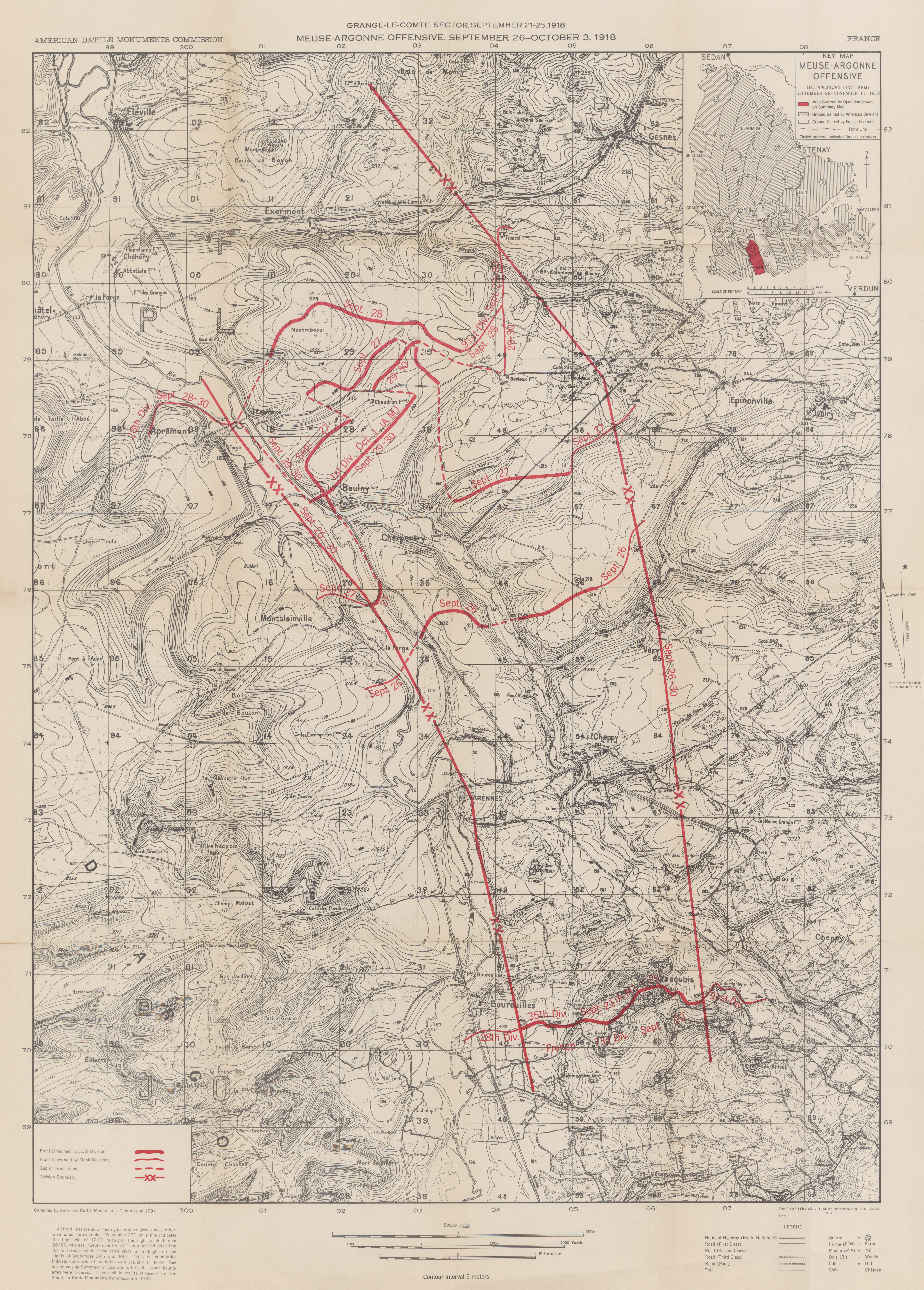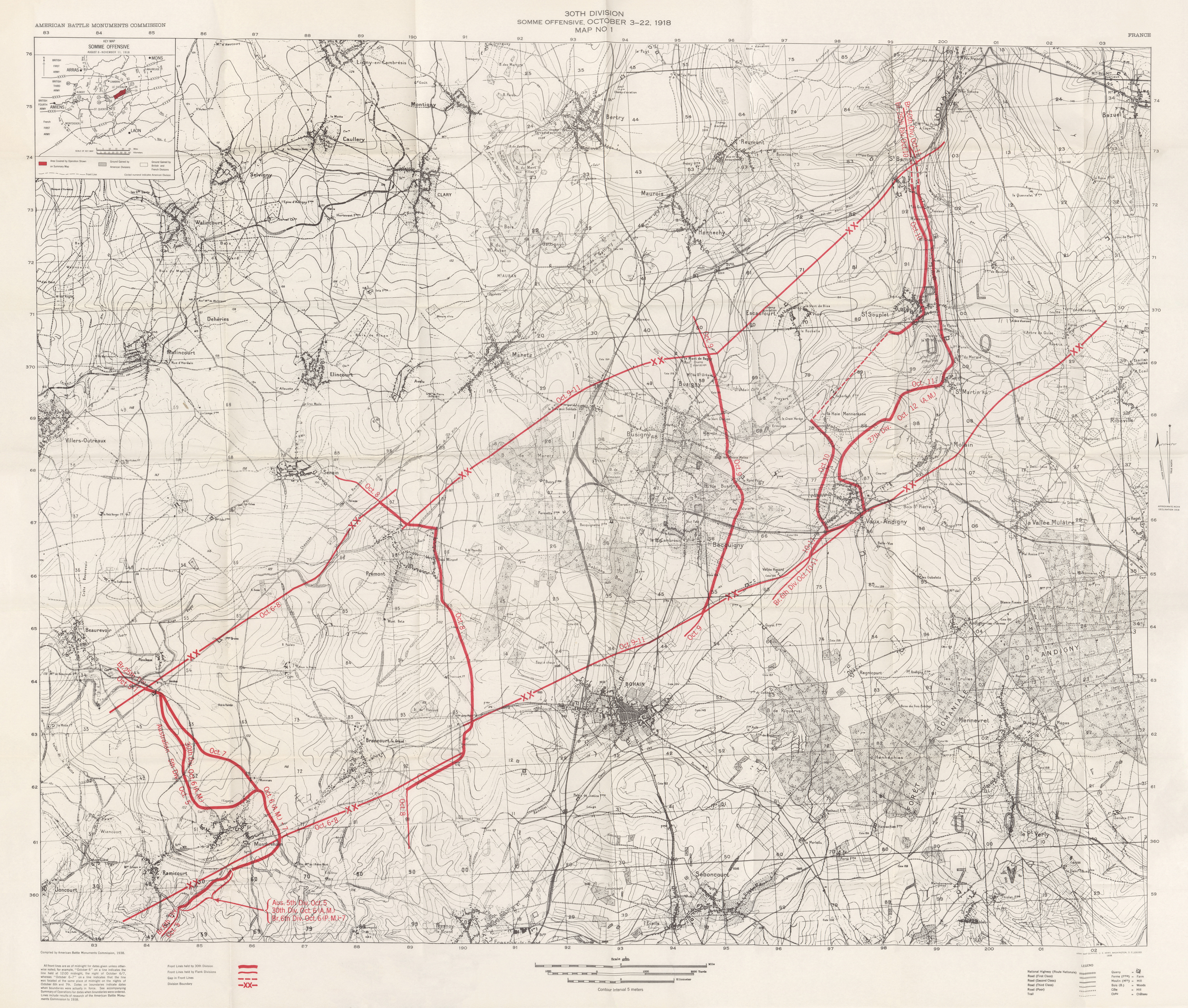AVMP in the Library at The Friends of Vauquois
I had a message from Alain Jeannesson, president of Les Amis de Vauquois et de sa région, to whom I sent a copy of A Very Muddy Place. Mr. Jeannesson informs me that the book takes its place in the association’s library and is to be accompanied by a summary in French.
Association of the Friends of Vauquois and its Region. “Mound of Vauquois.” http://butte-vauquois.fr/en/.
The website of the Association of the Friends of Vauquois and its Region has photos and information on visiting the site. The guided tour of the underground galleries, where the mine war took place, is enlightening, educational, and horrific.—from the bibliography of A Very Muddy Place: War Stories
A Very Muddy Place
WAR STORIES
An intimate account of a soldier’s experience in World War I, A Very Muddy Place takes us on a journey from a young man’s rural American hometown onto one of the great battlefields of France. We follow Private B. F. Potts with the 137th US Infantry Regiment through the first days of the Meuse-Argonne Offensive. We discover a personal story—touching, emotional, unforgettable.
In 1918, twenty-three-year-old Bennie Potts was drafted into the US Army to fight in the World War. He served with the American Expeditionary Force in France. At home after the war, he married and raised a family, and the war for his children and grandchildren became the anecdotes he told them.
A century later, a great grandson brings together his ancestor’s war stories and the historical record to follow Private Benjamin Franklin Potts from Tennessee to the Great War in France and back home again.
Available in hardcover, paperback, and e-book.
Disclosure: This page and linked pages contain affiliate links to Bookshop, Amazon, Apple, Barnes & Noble, and Kobo. As an affiliate of those retailers, Stephen earns a commission when you click through and make a purchase. Thank you for your support.
